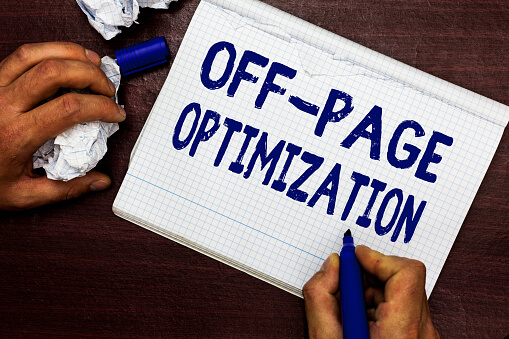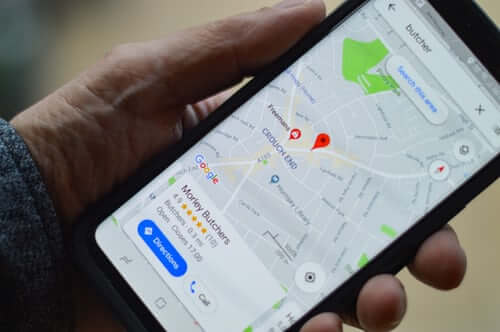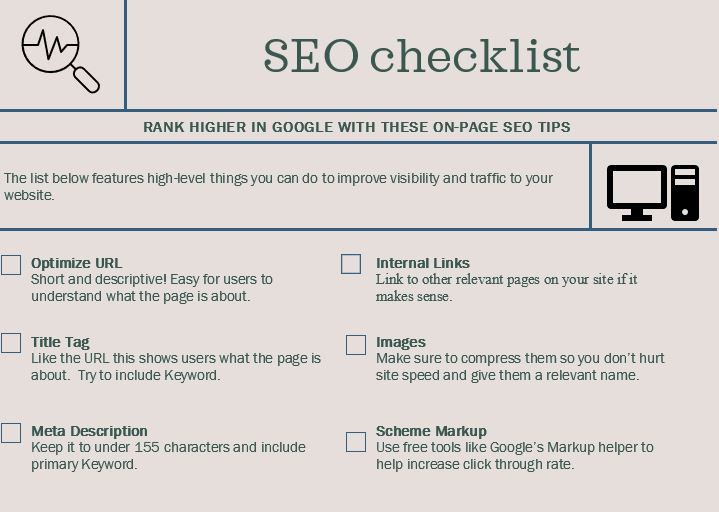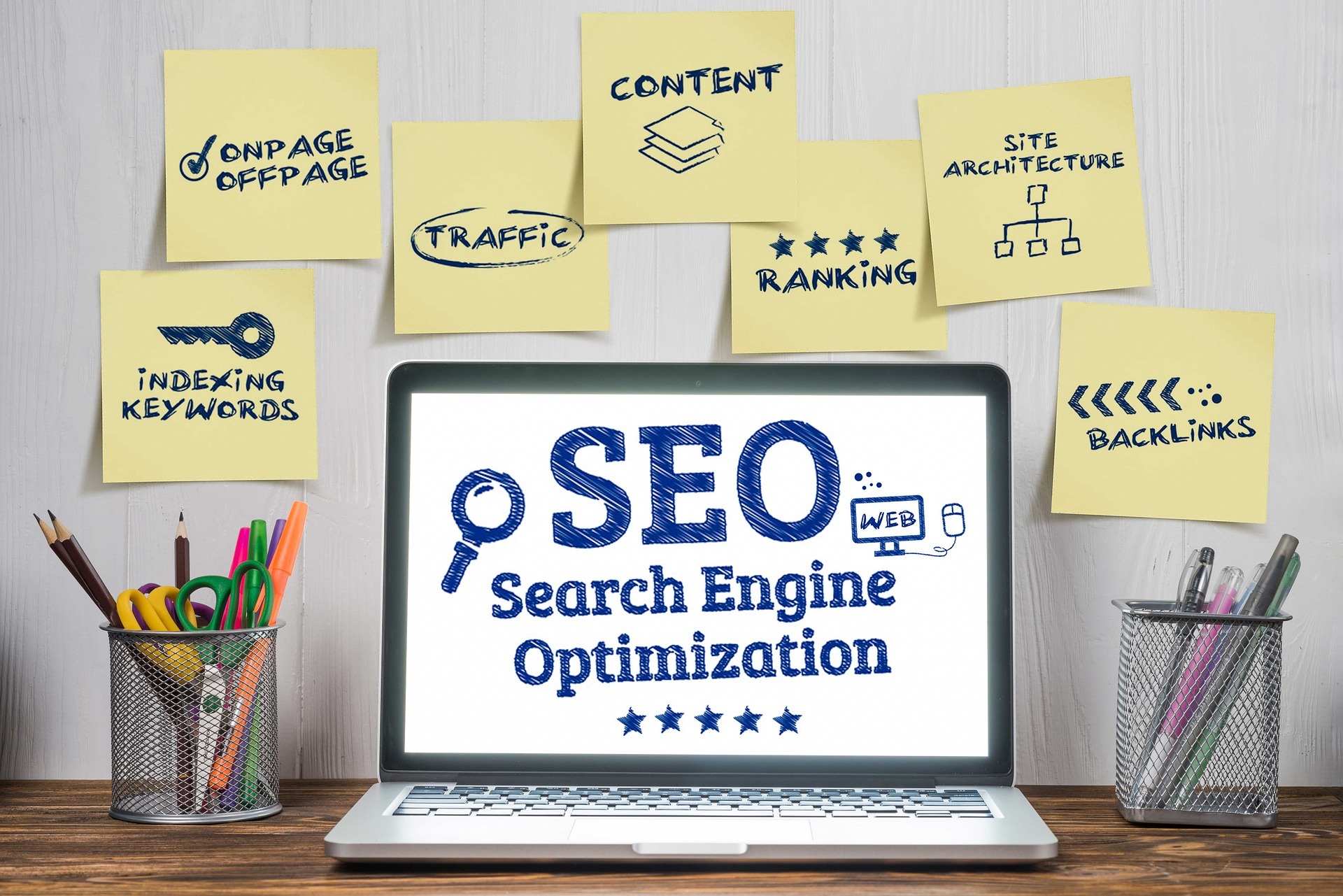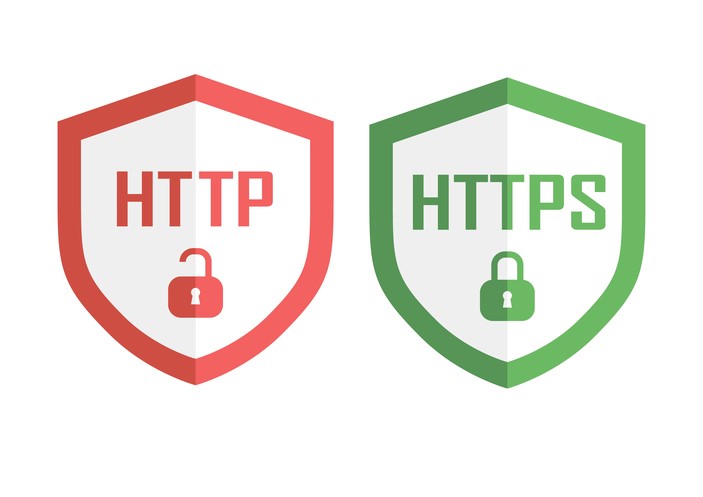PPC Agency The Woodlands
We are a PPC agency now serving The Woodlands. We have outlasted other agencies because we take our fiduciary responsibility seriously. We are excited to now be partnering with companies in The Woodlands that want to grow their revenue through paid media. The Woodlands is a great community to start or grow a business. Montgomery County is growing fast. It feels like there are unlimited opportunities in The Woodlands for entrepreneurial type people. Unlike large marketing agencies based in New York or California, we have the ability to sit down with you for a cup of coffee in The Woodlands. Our consultants have grown up in Texas, we know the culture.
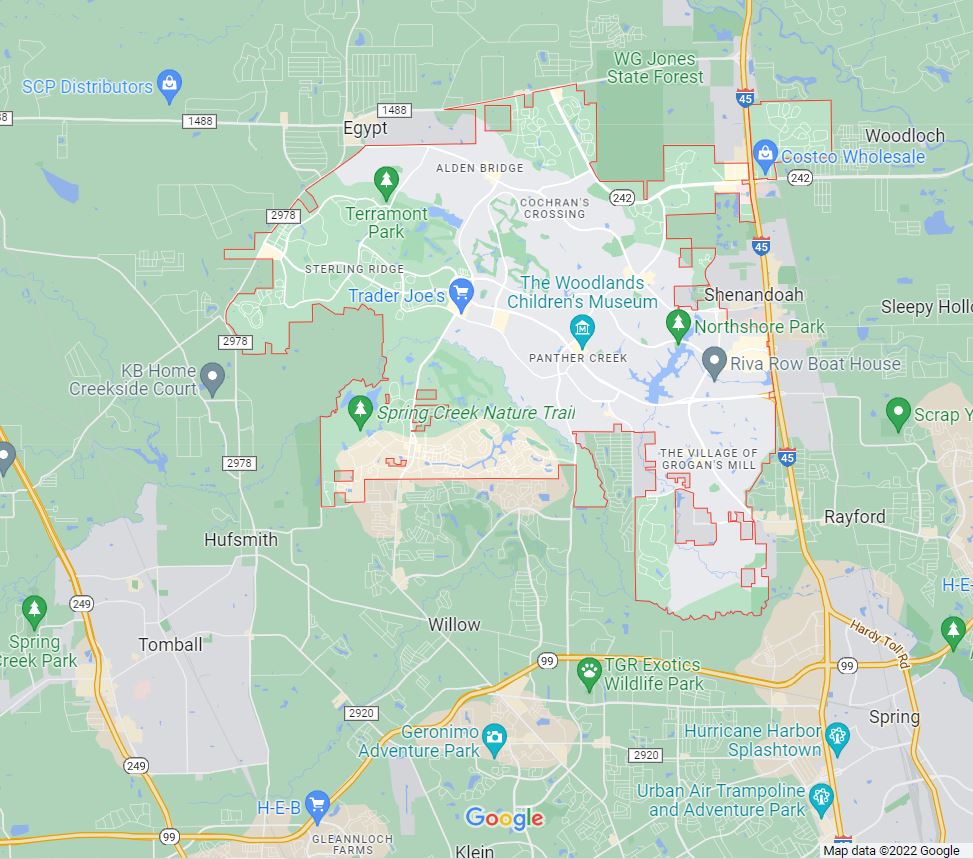
What is a PPC Agency?
A PPC agency manages paid media campaigns for clients that do not have the inhouse staff required to manage successful campaigns. PPC stands for pay-per-click (PPC). A quality PPC agency will find the best-performing ads with A/B split testing. A quality agency will perform conversion rate optimization in order to convert your current audience into loyal customers and advocates at a higher rate. A quality PPC agency will create social media ads that are not damaging to your online reputation. A quality agency will work with you to establish a goal measurement plan so that progress or regress can be easily identified.
The Woodlands PPC Management Services
We can rapidly increase leads and sales within The Woodlands, Texas, or other target markets. PPC advertising provides visibility, which speeds up the customers’ funnel journey and boosts conversion rate. Each of our clients is unique and gets a large time investment in strategy. We take the time to fully develop a strategy that meets your goals. ROI is what is most important to us. We want to see a 10X return from your PPC investment.
Combined SEO and PPC strategies work best. Integrated SEO and PPC campaigns offer maximum visibility and create long-term traffic. We also offer SEO services in The Woodlands.
Request Your Complementary PPC Report Card today.
Let us help you determine if you are getting the most from your PPC campaigns.
